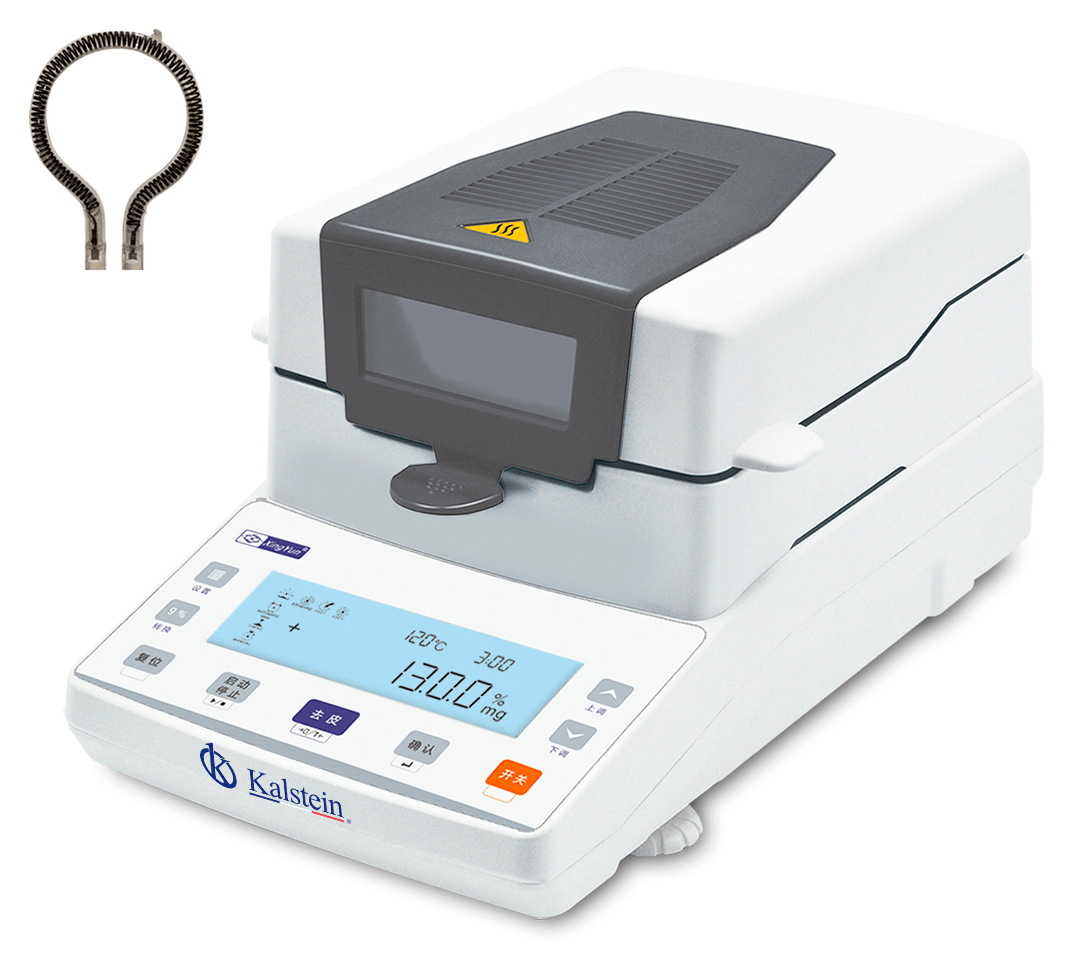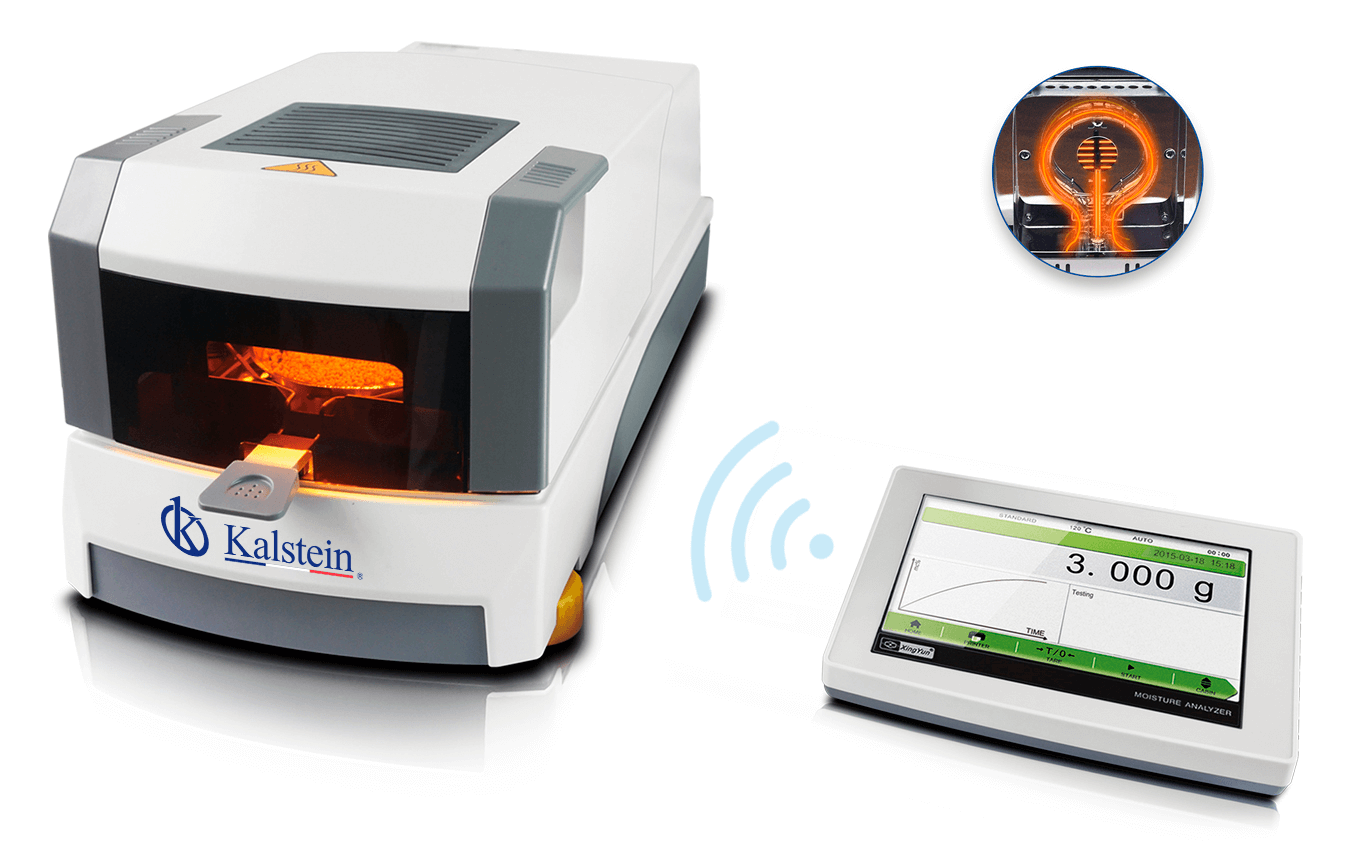A new dressing enhances the healing of chronic wounds and reduces inflammation thanks to its content in aloe vera and lipid nanoparticles, as shown by ‘in vitro’ tests and in mice with diabetes. A dressing is any of the different health products used to cover and protect a wound. The purpose of the dressing is re-epithelialization of the damaged tissue and consequently the healing of the wound.
To achieve this we must take into account the factors that promote wound healing:
• A moist medium that favors cell migration.
• An acid pH that hinders bacterial colonization.
• Surface tension in low oxygen, which favors revascularization.
• A semiocclusive medium that promotes the synthesis of collagen and reduces inflammation.
Criteria for choosing a dressing
• It must maintain a humid physiological microenvironment that favors granulation.
• Must be able to maintain a barrier that isolates the injury from the environment and protects it from contamination and trauma.
• Must maintain a physiological thermal environment.
• It must allow the gaseous exchange of the wound with its surroundings.
• It must allow adequate blood circulation.
• Must facilitate the elimination of secretions and be able to absorb them.
• It must be adaptable, flexible and easy to handle.
• Must be free of toxic contaminants or particles.
• Must possess an adhesive that does not damage the surrounding skin or the granulation tissue.
• Must allow to be removed without trauma or pain for the patient.
• It should favor the removal of necrotic and / or sloughing tissue without damaging the granulatory tissue.
The most current
A group of researchers from the Faculty of Medicine of the University of the Basque Country (UPV / EHU) has created a new dressing that is able to keep chronic wounds hydrated, in addition to protecting them and favoring the healing process, which can be a advance to improve the lives of those affected by this type of injuries.
The research that has demonstrated the properties of this product has been published in the International Journal of Pharmaceutics and has been done with two models of different dressings, which have been tested in in vitro tests and in mice with diabetes. Both were made with nanofibers of a biodegradable polymer (PLGA) and aloe vera, and the second was also added lipid nanoparticles, in order that the bandage did not adhere to the wound.
The healing power of aloe vera
The results of all the trials showed that the effects of both dressings were very similar. Both were able to improve the proliferation of fibroblasts -a type of cell that helps in the creation of tissues-, hydration and in vitro healing. In the case of diabetic mice, the bandages that were placed on them greatly improved wound closure, re-epithelialization and the conclusion of the inflammation generated.
Biodegradable polymer dressings with aloe vera and lipid nanoparticles improved wound closure, reepithelialization and inflammation of wounds
However, the version containing the lipid nanoparticles had better handling, and this dressing was more elastic and thicker than that of the other version, which according to the researchers could be a promising strategy to treat chronic wounds of patients.
Itxaso García Orue, one of the authors of the work, explained that the technique used in their manufacture called electrospinning or electrohilado uses a solution, which is usually polymeric, subjected to electromagnetic fields, such as electrostatic charge, to create many fibers of different sizes, providing more surface and porosity and attractive biotechnological characteristics.
Always thinking about innovating, at Kalstein we offer you excellent wound rehabilitation equipment, which will allow you to obtain fabulous results and in this way considerably improve your state of health, take a look HERE



